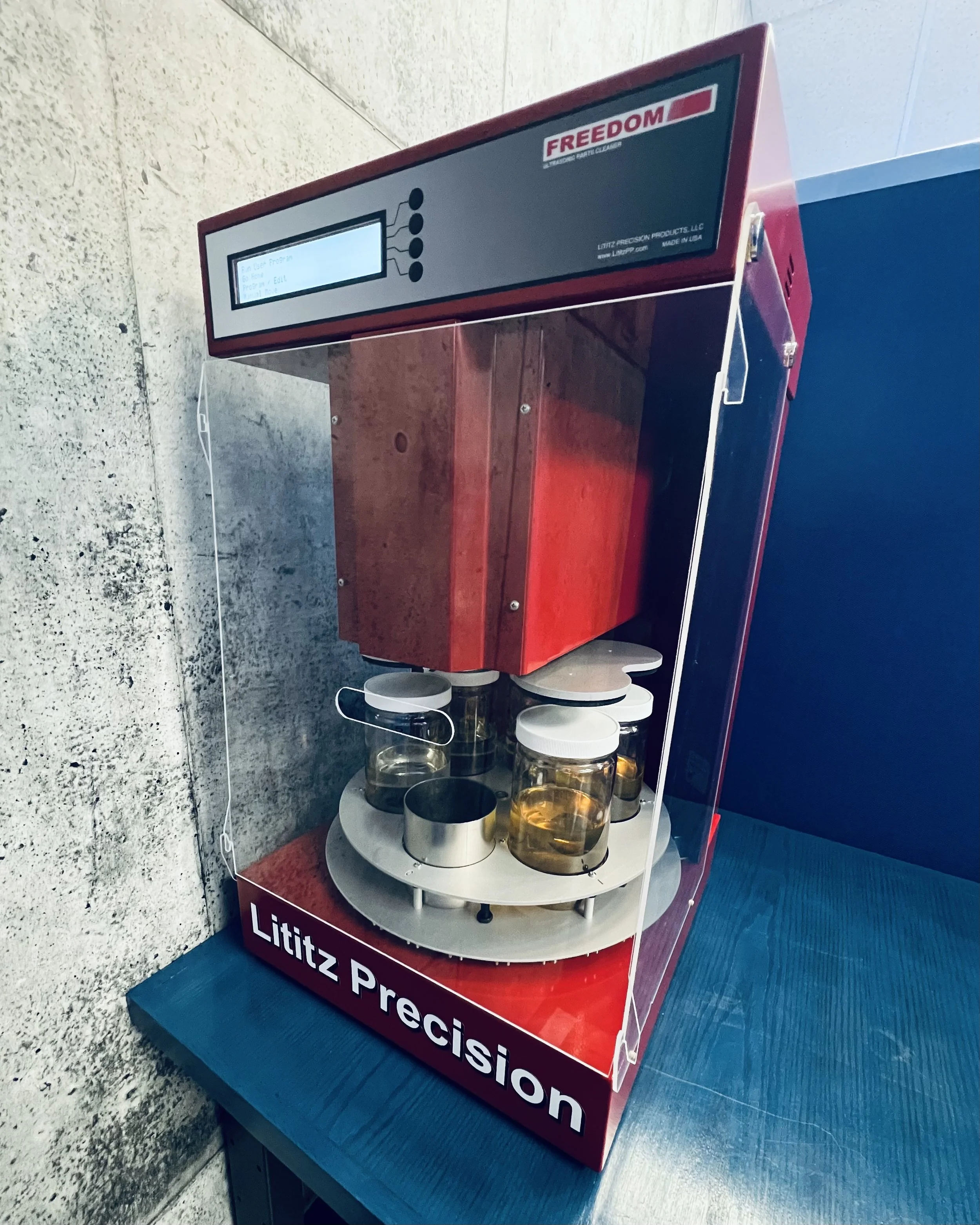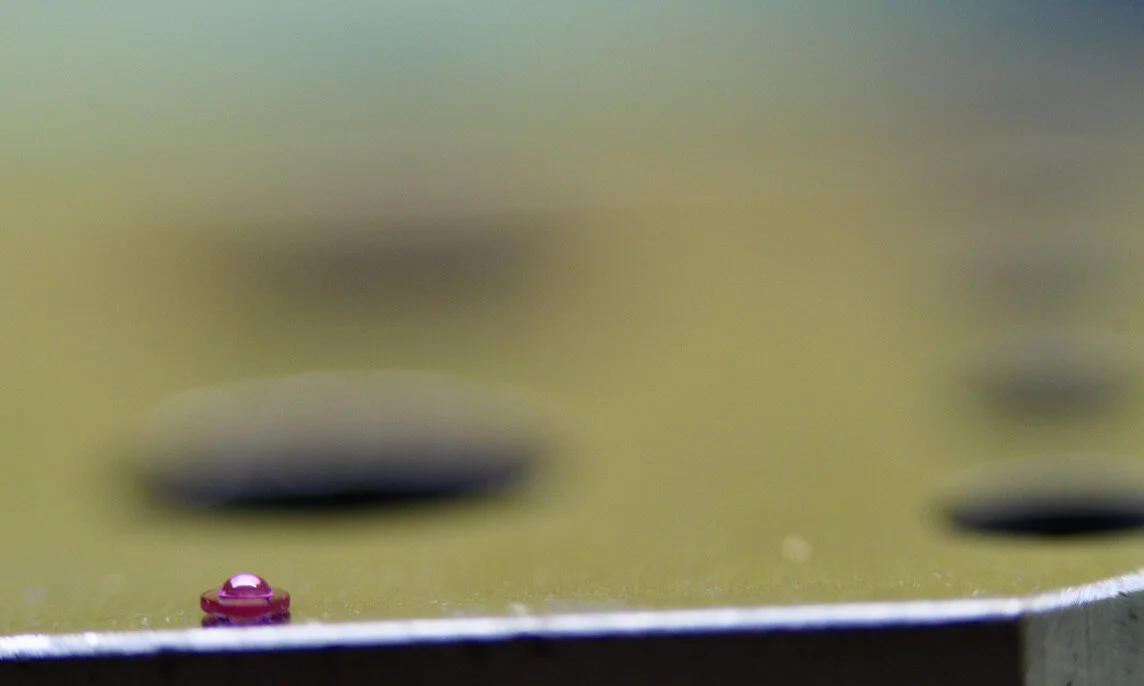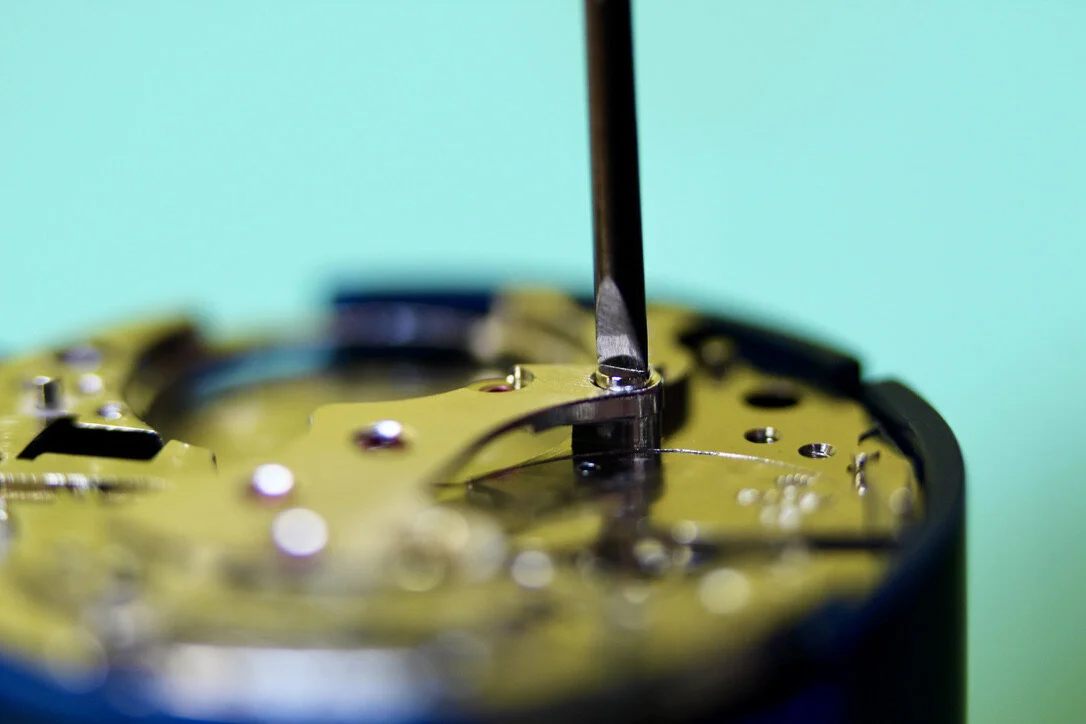The Overhaul Process
The service and overhaul of a mechanical watch by Thompson Watch Repair is a streamlined, uniform process with a strong focus on precision and customer service. The process TWR exercises is as follows:
First, the process begins with the prospective client filling out a free, online estimate-inquiry form that can be found at https://www.thompsonwatchrepair.com/service-inquiry
Upon receipt of the inquiry, a response is generated, addressing customer questions and concerns. Clarification and details are sought in the dialogue to ensure we are able to meet or exceed the customer’s expectations.
After the preliminary estimate process is done and the watch arrives in the mail, pictures and documentation are taken, which we also send to the customer as record of condition the watch was received in. A diagnostic regimen is started for the client’s watch, where it will be fully wound and be tested on a Witschi® Chronoscope timegrapher (below) in 3 positions -and up to 6 positions- depending on the movement grade.
The Chronoscope will give us the most accurate insight of not only how your watch is keeping time but also how efficiently the movement is performing. Efficiency, in other words, is how easily the power from your movement’s mainspring is being transferred through the gear train and into the escapement.
If no major issues are recorded on the timegrapher, the movement is removed from the case. The case will be disassembled and cleaned with steam and an ultrasonic bath.
In the next step we will then begin to disassemble the movement, removing the dial and hands. Assessments as to wear, damage, and condition are made in detail as the watch is broken down into its component pieces. Particular attention is paid to the endshakes and sideshakes of train components: to either open, close, or leave them as they are. This step is absolutely critical, as just one jewel with insufficient endshake can completely stop a watch. This step must only be performed prior to the final wash. Pictured, is the endshake adjustment of a pallet fork bridge using a Seitz jewel press.
Once adjustments are made and service material sourced, we will then give the watch a pre-wash in our automatic cleaning machine.
After the prewash an additional inspection and final disassembly of any remaining parts or components is executed. The disassembled movement is run through a complete cycle in our 6-step Lititz Freedom automatic, ultrasonic cleaning machine.
As the watch is now clean and ready to return to the bench for reassembly, it should be noted that we follow industry standard epilame procedures. Epilame is a surface treatment applied to parts to keep oil and lubricants in functional locations, therefore prolonging the life of the watch and extending its service interval.
We will now start to put your watch back together after carefully inspecting and oiling each piece from a selection of the latest Swiss oils from Moebius®. Using the correct lubrication in a precise volume is one of the most important steps in the overhaul process, and the impact cannot be understated. The lubrication is a determining factor as to how the watch will perform from a timekeeping perspective. Moreover, the application of those oils and greases also dictates how long the watch will run, both in terms of power reserve and service interval.
Once the movement has been fully assembled to a state that it may run, it will again be placed on the timegrapher without the dial and hands to measure and ensure the base movement’s performance. A baseline of the movement’s function, rate, and power transmission is recorded. This action is done without the dial and hands to minimize the number of times those parts are handled, pressed and pulled.
Once we are sure the watch is keeping time in all appropriate positions, we reinstall the dial and hands. Any final timing adjustments are made if necessary, and then we test the watch again after 24 hours of running. After full-wind and 24-hour measurements are taken, we wait until the watch stops and take note of the watch’s total run time, the post-service power reserve. Then if applicable, the watch is placed onto a Bergeon® Cyclotest watch winder to test that the automatic winding system is functioning correctly.
If requested, we will then pressure test the complete and assembled watch head to ensure the seals and gaskets are uncompromised.
Our last two steps that remain are now: informing the customer that their watch is ready to be returned, and shipping the watch back after payment has been received.







